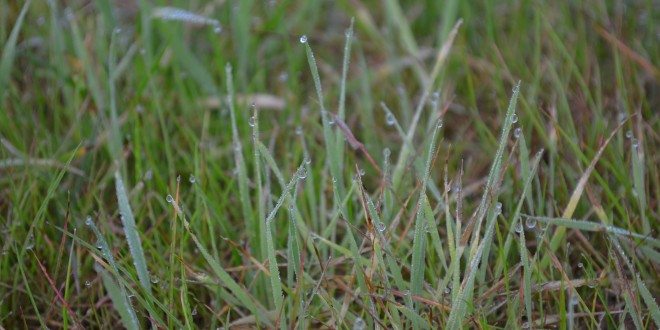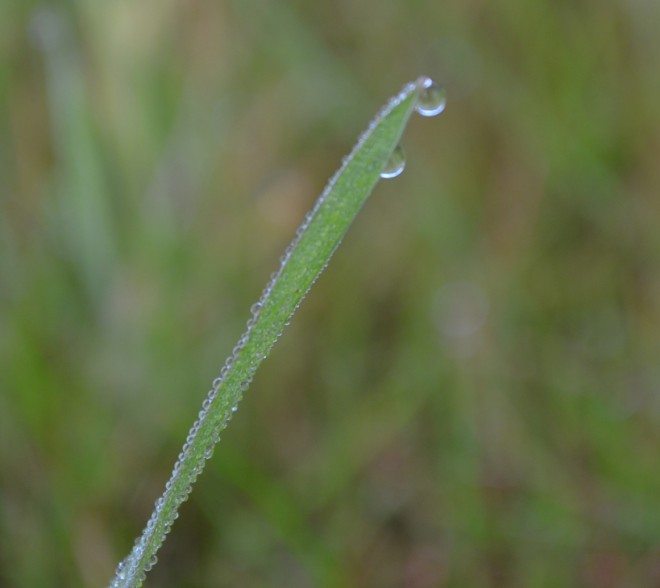
Someone recently mentioned to me that I hadn’t written a good old-fashioned meteorology post in a while. So, here’s a fun topic for you, one that you can show off to your kids if you can catch it at the right time. I’m taking a bit of stretch here, since this topic overflows into biology, which was never my strong suit.
While many of you in the northern United States have been struggling with record snowfall and record cold temperatures this winter, along the Gulf Coast of Florida the precipitation will be in the form of rain. In fact, Nor’easter storms typically form just off the coast of Texas between about Brownsville and Houston, and in their infancy those systems will dump quite a bit of rain here.
When the excess rain saturates the ground, plant life will adapt accordingly. One of the ways some plants will adapt to the excess available moisture is through a process known as guttation. I know, a funny word, right?

Guttation occurs when a plant has turned off its transpiration processes, usually at night, so excess moisture cannot evaporate from the surface of the leaf. Instead, root pressure will cause the moisture (along with other chemicals and sugars indigenous to the plant, known as xylem) to get pushed out through the leaf edges. Because of the tapering at the top of a blade of uncut grass, a larger droplet often forms at the very tip.
Guttation is not dew. Dew is atmospheric moisture condensing on colder surfaces, and is pure water. Guttation is moisture secreted from within the plant itself, and contains xylem sap.

I have seen guttation year-round—so long as the air temperature is above freezing—in every state I have lived in during my adult life*. It’s more likely to occur during a period of excess rains, such that soil is saturated. The large droplets on the tips of the blades occur most often on uncut grass, so your lawn’s first growth in the spring before the first mowing is a good time to look for it. If you’re near a wild field or meadow, that’s a good place also. It happens most often at night, so you’d need to catch it close to sunrise. The moisture will evaporate quickly once the sun hits the surface.
*If you’re wondering what states I have lived in since age 18, they would be Pennsylvania, Louisiana, Ohio, North Carolina, Nebraska, Florida, and Colorado.
The next time you see moisture on your lawn, check to see if it’s guttation instead of dew. This can make for a great lesson for kids, too. Ask the kids to talk about, write about, or draw what they see. Other topics that can be further discussed with guttation include:
• Evapotranspiration: One of the processes in the water cycle.
• Krebs cycle: How a cell can release energy from organic compounds into energy necessary for sustainment.
• Colony collapse disorder (CCD): Guttation might draw up water that contains neonicotinoid insecticides blamed for killing pollinators such as honeybees. Studies have shown that this contributes to sudden disappearances of honeybee populations in North America. Read more from Laura about other contributors to CCD.
The photos in this post were taken on February 8, 2013, in Navarre, Florida, about 20 miles east of Pensacola on the Gulf Coast. I had to lie in my front yard with my camera’s telephoto lens on manual focus. We had heavy rain the previous day. This was the same day the northeastern U.S. started to experience the “Blizzard of 2013” (February 8-9, 2013).



